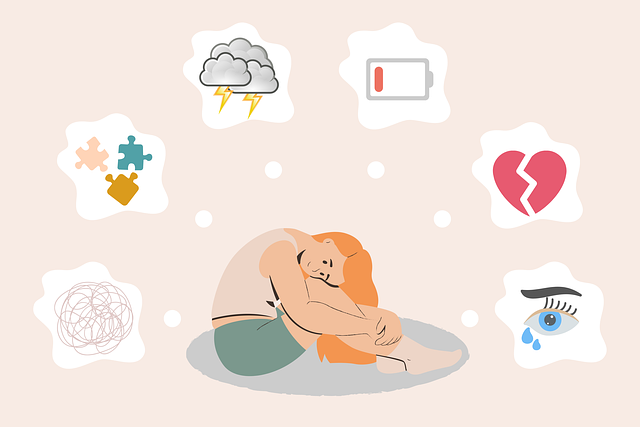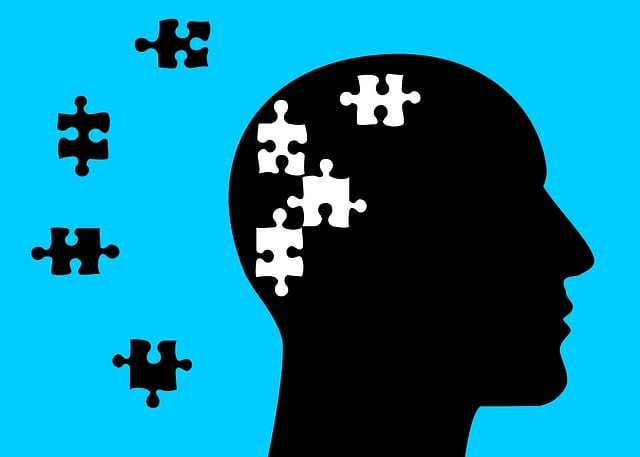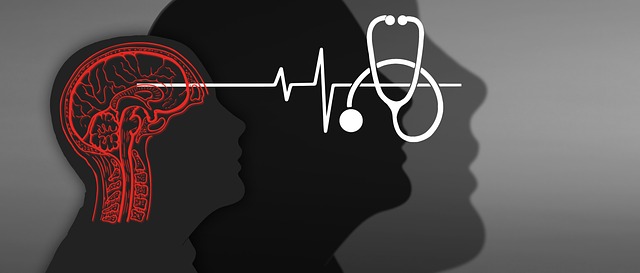Media portrayal of mental health, especially in relation to adolescents and cancer, significantly impacts societal understanding. Positive media representations encouraging therapy, support groups, and self-awareness can inspire teens with cancer to seek help for their emotional well-being. However, current depictions often oversimplify the emotional journey of young patients, overlooking common struggles like anxiety and depression. To address this, community outreach programs focusing on mental health in adolescence are crucial, along with media showcasing diverse, relatable characters with mental health challenges. Collaborative efforts between industry professionals and mental health experts are vital to ensure accurate portrayals, challenge stereotypes, and reduce stigma, ultimately emphasizing the need for tailored therapy for adolescent teens cancer issues.
Mental illness representation in media significantly impacts teen mental health awareness. This article delves into the current state of adolescent cancer stories, exploring their portrayal and identifying challenges that perpetuate stigma. We present effective strategies to promote positive mental illness representation, emphasizing collaboration between media and mental health professionals. By fostering understanding through compelling narratives, we can enhance therapy for adolescent teens facing cancer issues and encourage compassionate support systems.
- Understanding the Impact of Media Portrayal on Mental Health Awareness Among Teens
- The Current State: How Adolescent Cancer Stories are Depicted in Media
- Effective Strategies for Promoting Positive Mental Illness Representation
- A Call to Action: Collaboration Between Media and Mental Health Professionals
Understanding the Impact of Media Portrayal on Mental Health Awareness Among Teens

Media portrayal plays a significant role in shaping societal perceptions about mental health, especially among impressionable teens. The way mental illnesses are depicted in movies, TV shows, and social media can either foster understanding and reduce stigma or perpetuate harmful stereotypes. When media portrays individuals with mental health struggles as weak, dangerous, or dramatic, it can lead to increased fear and discrimination within the teen population. Conversely, positive representations that show recovery through therapy, support groups, or self-awareness exercises can inspire hope and encourage teens experiencing similar issues to seek help.
For adolescents facing challenges like cancer, media narratives can either provide a sense of community and understanding or exacerbate feelings of isolation. By showcasing characters who have overcome mental health battles alongside physical ones, media can subtly convey the importance of seeking professional support. This subtle messaging can be powerful, encouraging teens to initiate conversations with healthcare providers about their emotional well-being, including potential therapy for adolescent teens with cancer issues. Moreover, incorporating diverse representations that reflect various cultural backgrounds and experiences in mental healthcare can enhance accessibility and promote cultural sensitivity in treatment.
The Current State: How Adolescent Cancer Stories are Depicted in Media

The media’s portrayal of adolescent cancer experiences is a significant aspect of mental illness representation that demands attention. Currently, stories about young people battling cancer are often depicted in two extreme categories: either as inspiring survivors who overcome their illness with sheer willpower or as tragic victims who succumb to the disease. These narratives rarely explore the complex emotional journey and mental health challenges that teens might face during and after their cancer diagnosis.
The lack of nuanced representation can be detrimental, especially for adolescents dealing with similar issues. It fails to convey the diverse experiences, including the struggles with anxiety, depression, and identity changes often associated with cancer treatment. Implementing community outreach programs focusing on these topics, alongside inner strength development and empathy-building strategies, could foster a more accurate and compassionate media landscape. By showcasing the resilience and vulnerabilities of adolescent cancer patients, media platforms can play a crucial role in promoting understanding and support for their mental health issues.
Effective Strategies for Promoting Positive Mental Illness Representation

Promoting positive mental illness representation in media involves several effective strategies. Firstly, showcasing characters with mental health challenges who are diverse and relatable can help break stereotypes. This includes representing different ethnicities, genders, and socio-economic backgrounds to reflect the real world. Secondly, accurate portrayal is key; employing professionals like psychologists or psychiatrists to consult on content ensures that symptoms and experiences are depicted authentically. By doing so, media can educate audiences about various mental health conditions.
Additionally, focusing on recovery and resilience stories can inspire hope. Portraying characters successfully managing their illnesses through therapy, support groups, or self-care practices like emotional regulation techniques and mindfulness can challenge stigmatized narratives. Incorporating these strategies not only helps in raising awareness but also contributes to a more inclusive and supportive societal discourse, especially for vulnerable populations such as adolescent teens facing cancer issues. This approach ultimately fosters mental wellness and encourages resilience building among viewers.
A Call to Action: Collaboration Between Media and Mental Health Professionals

In addressing the underrepresentation and stereotyping of mental illness in media, a collaborative effort between industry professionals and mental health experts is paramount to effecting meaningful change. This partnership can foster more accurate portrayals by providing insights into the lived experiences of individuals grappling with conditions like cancer and its psychological impacts on adolescents and teens. Media outlets have a unique opportunity to not only challenge societal perceptions but also offer educational content that promotes self-care practices among vulnerable populations, potentially reducing the stigma associated with seeking therapy.
Collaborative initiatives can include cultural competency training for healthcare providers involved in media production, ensuring empathy-building strategies are integrated throughout the creative process. This holistic approach will contribute to a more nuanced and empathetic narrative, reflecting the diverse experiences within the mental health community. Ultimately, this partnership has the potential to revolutionize how mental illness is depicted, encouraging open dialogues and offering valuable resources for those seeking support, especially in areas where access to specialized services like cancer-focused therapy for adolescents may be limited.
Mental illness representation in media plays a pivotal role in shaping public perception, especially among teens. By implementing effective strategies that promote positive mental health narratives and fostering collaboration between media outlets and mental health professionals, we can challenge stereotypes and enhance awareness. Encouraging authentic portrayals of adolescent cancer patients’ experiences, including their struggles and resilience, can initiate meaningful conversations and reduce the stigma surrounding mental illness. This collective effort is essential to ensuring teens facing cancer or similar issues receive the support and understanding they need through therapy, fostering a more compassionate society.














